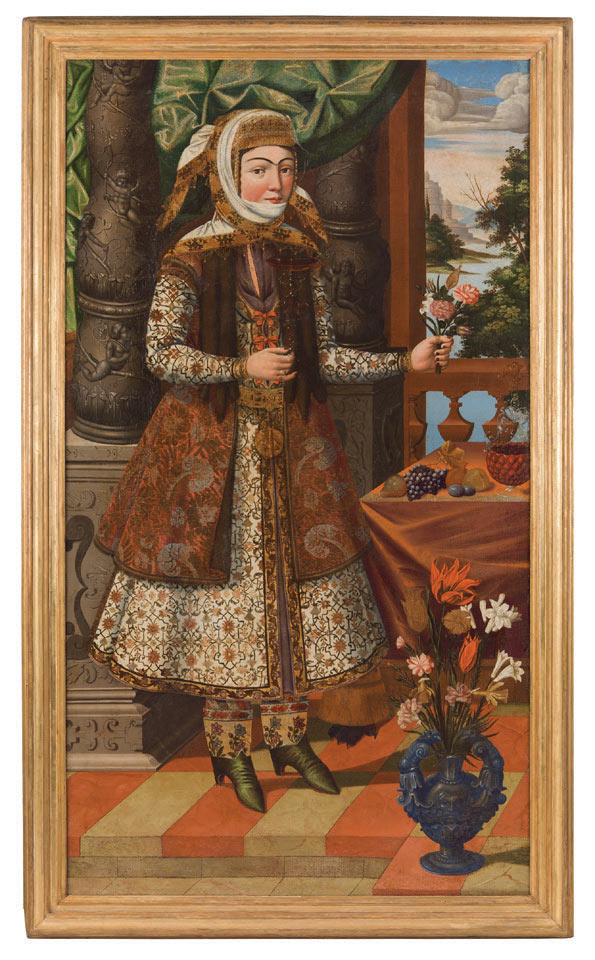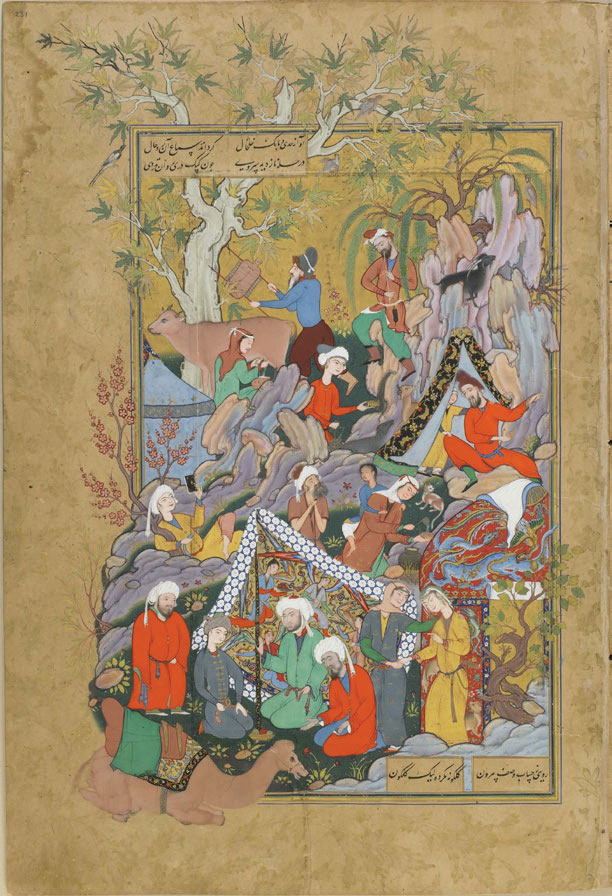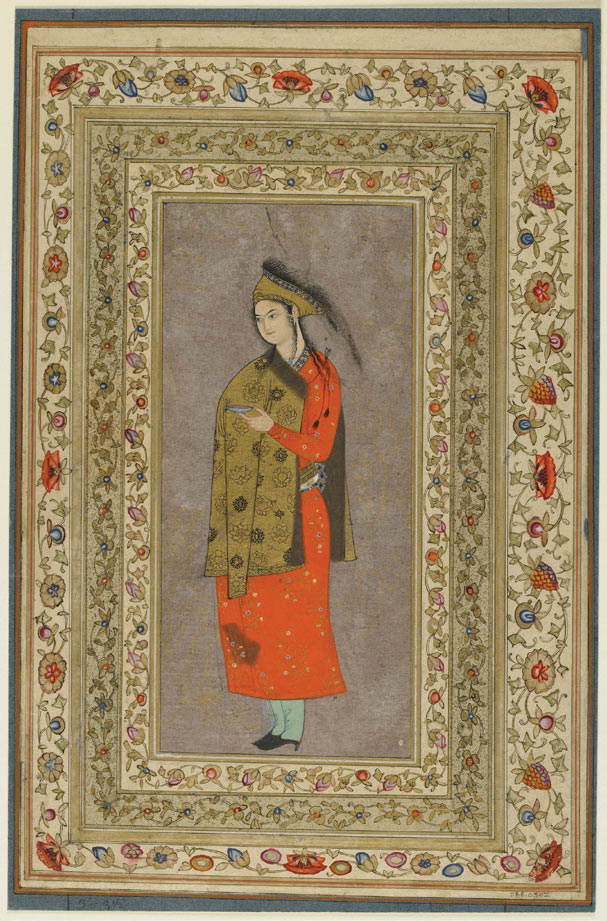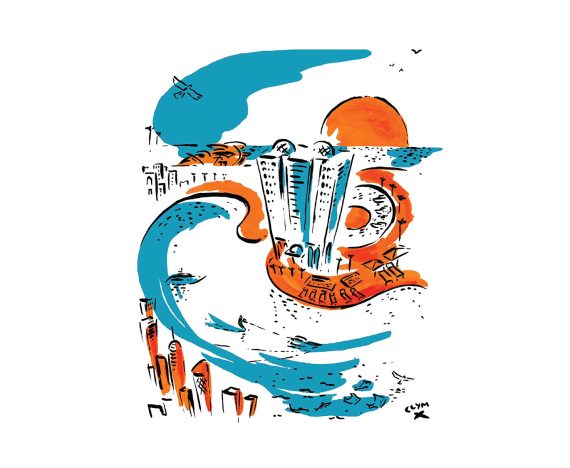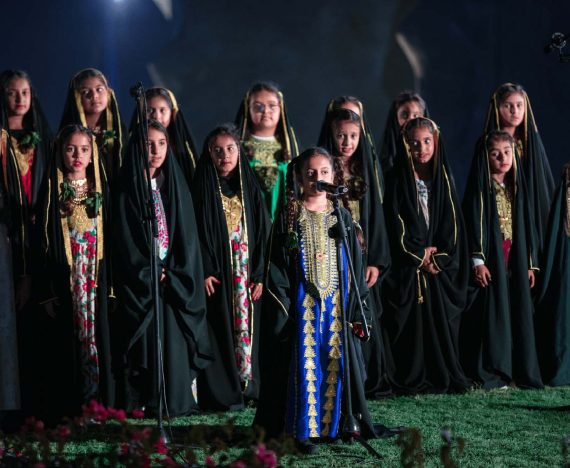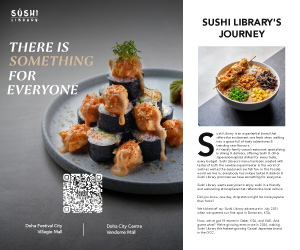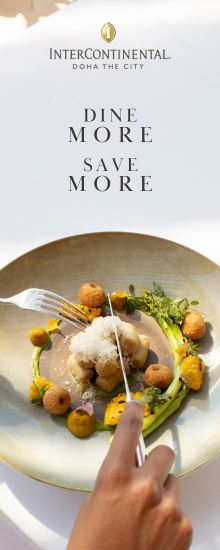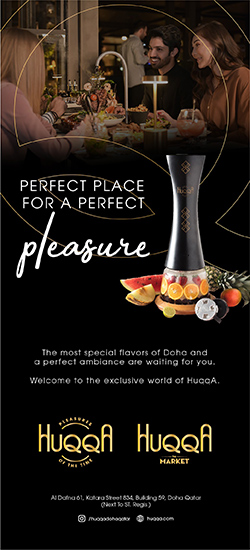ARTEFACTS ON DISPLAY

An exhibition at the Smithsonian’s National Museum of Asian Art is showcasing a range of items from the Museum of Islamic Arts’ (MIA) artefacts collection.
For the first time in the US, the Smithsonian is showcasing an exceptional group of 17th-century textiles and fulllength oil portraits from Safavid Iran (1501 – 1722), on loan from MIA in Doha.
Fashioning an Empire: Safavid Textiles, on view until May 15, 2022, forms part of the Qatar – USA 2021 Year of Culture, an annual international cultural exchange designed to deepen understanding between nations and their people.
Complemented by some of the finest illustrated manuscript paintings from the National Museum of Asian Art, the exhibition underscores the importance of silk in the social, economic and religious life of 17th-century Iran and its role in positioning the empire at the nexus of a vibrant global exchange.
In addition to fuelling economic prosperity, textiles served as powerful intermediaries for new artistic ideas and stimulated a vibrant new Safavid pictorial language.
“It is very meaningful to have this collection on view in Washington, DC, for audiences outside of Doha to see these precious Safavid textiles and full-length portraits for the first time,” MIA director Dr Julia Gonnella said. “These exquisite carpets and brocade textiles speak to the importance of Persian silk to the country of Iran as an export to the Ottoman Empire and Europe. And their details delight on their own as well.”
Fabrics were fashioned into clothing and used as indicators of status and wealth; they played an equally important role as furnishing, upholstery, covers and curtains.
As visitors’ journey through the exhibition, they will encounter a range of Safavid luxury textiles, including silks made with gilt silver or silver covered threads, the most expensive type of fabric on the European market. These fabrics were often fashioned into clothing and furnishings and, most importantly, into ‘robes of honour’. Such robes were only distributed by the ruler to high-ranking officials or visiting dignitaries as a sign of respect. Some of the silks in the exhibition carry stylised designs; others are inspired by more naturalistic patterns, inspired by Indian models, while still others draw on Western examples, presenting a tremendous range of motifs and production.
“We are delighted to welcome visitors to this landmark exhibition that tells such a poignant story of global and artistic exchange,” said Chase F Robinson, the Smithsonian’s Dame Jillian Sackler director.
MIA is currently carrying out a facilities enhancement project to reinstall its permanent collection galleries to provide a more accessible, engaging, and educational experience.
The reimagining of the space will introduce a comprehensive visitor trail, the creation of expanded interpretive materials to help contextualise the masterworks, and provision of new mobile- and child-friendly resources to make the museum more accessible for families and younger visitors. Many newly acquired and conserved works of art will be on view with a large percentage displayed in MIA’s permanent galleries for the first time, alongside the masterpieces for which MIA is known internationally. ✤
GO: VISIT QM.ORG.QA FOR MORE INFORMATION.







